Let’s Talk Common CV Errors!

As a Candidate Manager at Lotus People, I am viewing hundreds of CVs per week and having the same conversations consistently with candidates about CV tips and advice.
There are some common errors I frequently view on CVs and I thought I would share them here for candidates at all levels.
By following the below tips, you can ensure that your CV isn’t standing out for the wrong reasons, and eliminating your chance at securing your dream job before you’ve even had the opportunity to speak with a hiring manager or recruiter!
- List your experience in chronological date order – The recruiter or hiring manager reviewing your resume wants to know your most recent experience first. Putting your very first job at the top of the page implies you haven’t worked in years, and may stop the reader from viewing further.
2. Proof read your spelling and grammar – small spelling and grammatical errors can jump out at the reader and make you stand out for the wrong reasons.
- Ensure your ‘Spellcheck’ is set to the correct country, an Australian CV should read ‘organise’ not ‘organize’ and ‘prioritise not ‘prioritize’ for example.
- If you include a full stop at the end of a bullet point, do this for all points not just some, it is important to be consistent across your whole CV.
- Ensure you don’t have capitals on words that don’t require a capital letter and equally that you do put a capital on job titles, company names and at the start of sentences.
3. Include start and finish months, not just years – You should state that you worked in a role from “MM/YYYY” not only the year. Reading you were in a role from “2020-2021” could mean any length of time from 2 months to 24 months, and this is important information to include.
4. Include duties or responsibilities under your role – a job title is ambiguous and can involve different tasks depending on industry, you should include 3-5 bullet points that clearly explain what duties you were responsible for in performing the role.
5. Address the gaps in your work experience – it is absolutely fine to have a career break or a maternity break, we are human after all – but don’t leave the hiring manager guessing why you have a 2-year gap between roles, include the dates and the reason for the gap, this removes doubt and tells your story.
At Lotus People, we take an honest and thoughtful approach to support our candidates through their job search. If you would like specific tips and advice on your CV, reach out so I can help you.
You may also like...

© 2024 Lotus People. All Rights Reserved.


